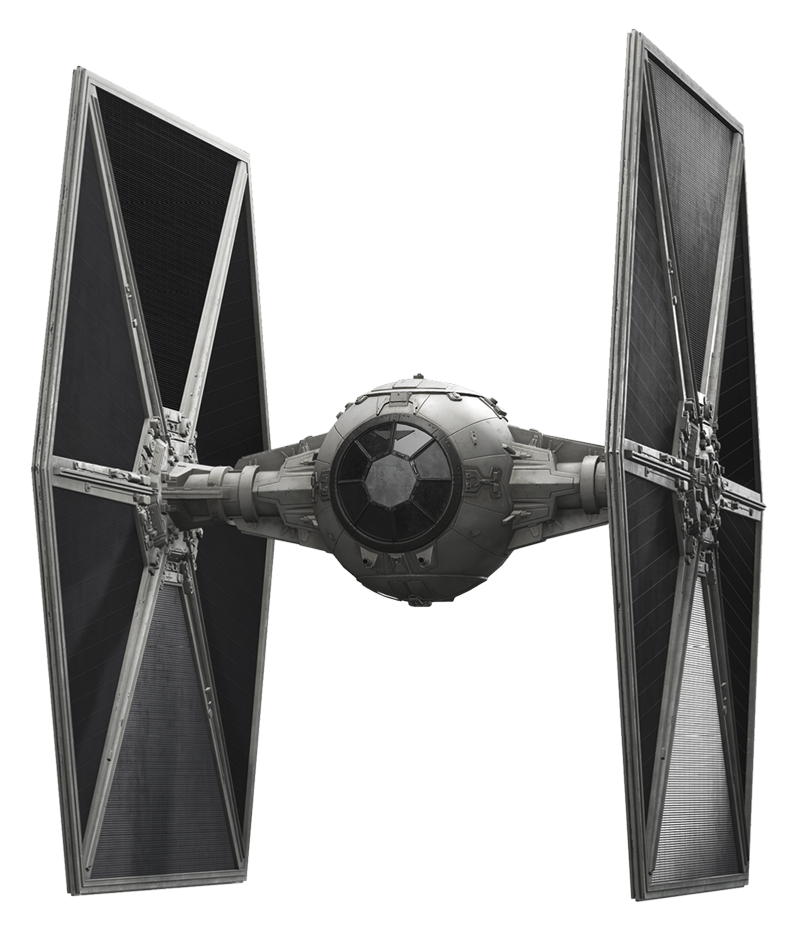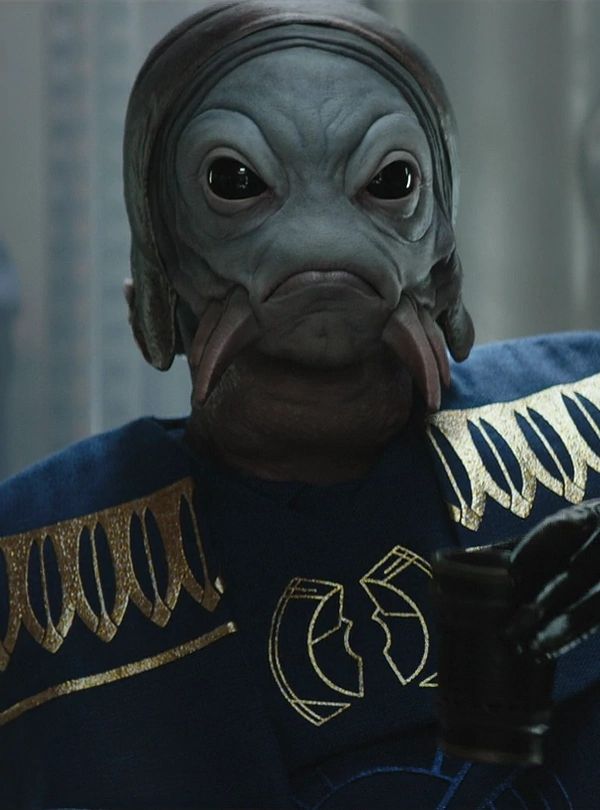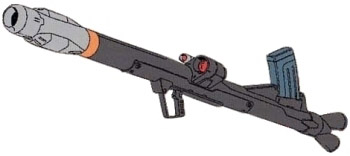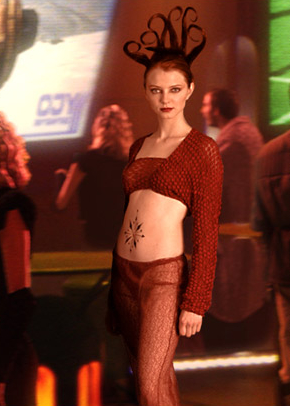 Name: Sienar Fleet Systems TIE/ln space superiority starfighter
Type: Space Superiority Fighter
Scale: Starfighter
Length: 7.24 meters
Skill: Starfighter Piloting - TIE
Crew: 1
Passengers: 1 (standing room only)
Crew Skill: Starfighter Piloting 4D+1, Starship Gunnery 4D
Cost: 60,000 credits (new) / 25,000 (used; military requisition charges)
Consumables: 2 Days
Cargo Capacity: 65 Kg
Hyperdrive Multiplier: No
Hyperdrive Backup: No
Nav Computer: No
Space: 10
Atmosphere: 415; 1200kmh
Maneuverability: 2D
Hull: 2D
Sensors:
Passive: 20/0D
Scan: 40/1D
Search: 60/2D
Focus: 3/3D
Weapons:
SFS L-s1 laser cannons(Fire Linked)
Fire Arc: Front
Fire Control: 2D
Space: 1-3/12/25
Atmosphere Range: 100-300/1.2/2.5km
Damage: 5D
Description: The TIE/ln space superiority starfighter (TIE/ln and alternatively stylized as the TIE/LN) commonly known as the TIE fighter, and nicknamed Evil-Eyes by the New Republic, was the signature starfighter of the Galactic Empire and de facto symbol of Imperial space superiority. Its official name was the Twin Ion Engine "line edition" space superiority starfighter. Instantly recognizable from the roar of its engines, the TIE/ln exuded Imperial power and prestige across the galaxy, seeing use throughout the Empire's political existence.
The TIE/ln starfighter was a small, short-range fighter developed, manufactured, and mass produced by Sienar Fleet Systems. Developed by SFS company head Raith Sienar, the basis for the TIE fighter can be traced back to Kuat Systems Engineering's Alpha-3 Nimbus starfighter, along with several other outmoded models from the Old Republic. Like their predecessors, TIE's employed two vertical wings similar in appearance to V-wing starfighters; however, the Eta-2 Actis-class light interceptor bore even more similarities with its central cockpit pod, twin ion engines and common weapons technology.
The TIE/ln measured 7.24 meters in length, and could attain a maximum speed of 1,200 kph. It was propelled by two P-s3 ion engines, which would be replaced by twin P-s4 ion engines by approximately 14 BBY. Pressurized fuel tankage was located on the underside of the cockpit.
A TIE fighter's twin ion engines provided thrust and boosters capable of quickly adjusting the ship's direction. The TIE/ln featured vertical takeoff and landing (VTOL) capabilities owing to repulsorlift cyclers in its wing struts—reducing its already small mass to negligible weight—and micropositioning thrusts from the twin ion engines. Furthermore, the lack of a hyperdrive and resultant navigational systems alongside extended life support and fuel combined to cut down the TIE's total mass.
In order to reduce the mass and energy consumption of the ship, the TIE lacked key systems such as deflector shields, hyperdrives or comprehensive life support. The lack of shields made the craft vulnerable to micro meteor impacts and combat damage hull breaches, but these reduced facilities allowed the TIE/in to be cheaply mass produced while also improving its maneuverability.
The fighter's black 'wings' were in fact an array of twelve solar collectors that featured a micro-crenulated solar absorption surface. From here, power would be pooled to the fighter's solar energy collection hub and then to its twin ion engines and L-s1 low-temperature laser cannons capable of destroying a taylander shuttle in a single shot.
The lack of many essential systems, and therefore limited operational lifespan, doubled as theft prevention systems and deterrents for would-be defectors, but they were not the only countermeasure installed to prevent theft. Most TIEs were designed with a centrally controlled scuttling mechanism that would jettison the fighter's solar collector panels, quickly disabling it.
Its central cockpit was tightly fitted, incorporating flight controls, viewscreens, targeting systems, tracking equipment—including a homing beacon in case the vessel was stolen—and room for a pilot all in the central pod. Despite being designed for a single occupant, several other passengers could fit inside the central cockpit, although the fit would be extremely tight.
While TIE fighters featured minimal, perfunctory oxygen scrubbers and pressurized atmospheric seals, TIE pilots routinely wore full EVA suits owing to the ship's lack of full life support.
Flight controls were considered intuitive and easy to learn, in some cases allowing rebel novices to fly and operate them after having stolen them from Imperial airfields. TIEs were also outfitted with an ejector seat.
During the reign of the Empire, TIE fighters were favored for their versatility, if not for their durability. They were able to operate both in space as well as in planetary atmospheres, acting as fighters or scouts. They were more than capable of enforcing Imperial law against unarmed or lightly defended civilian transports. TIE/ln pilots were not afforded the independence enjoyed by equivalent pilots of the Rebel Alliance, as capital ships were preferred for tactical discussion among the Imperial Starfleet.
|












